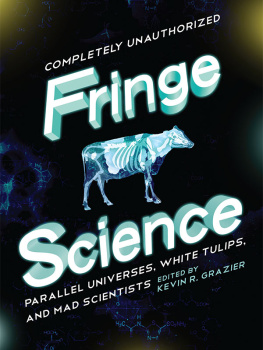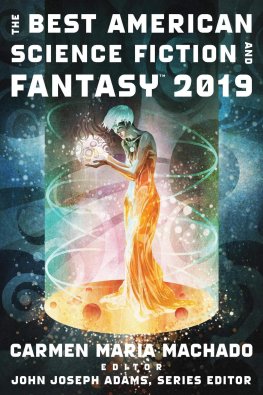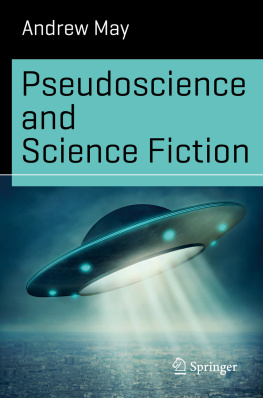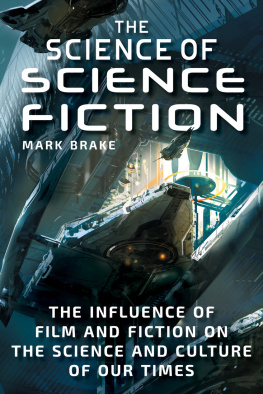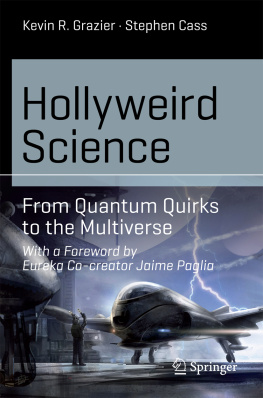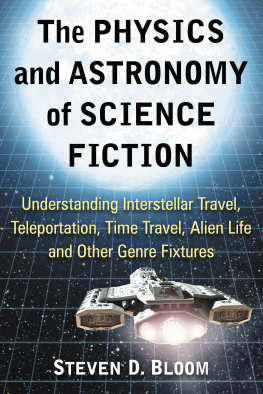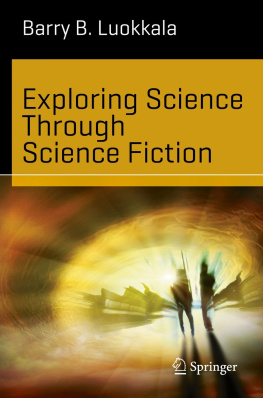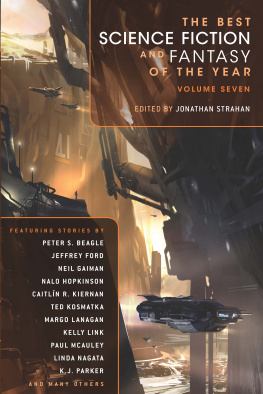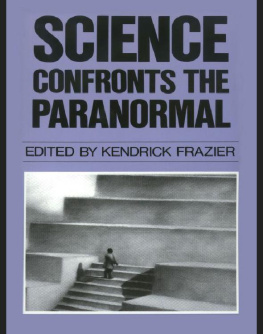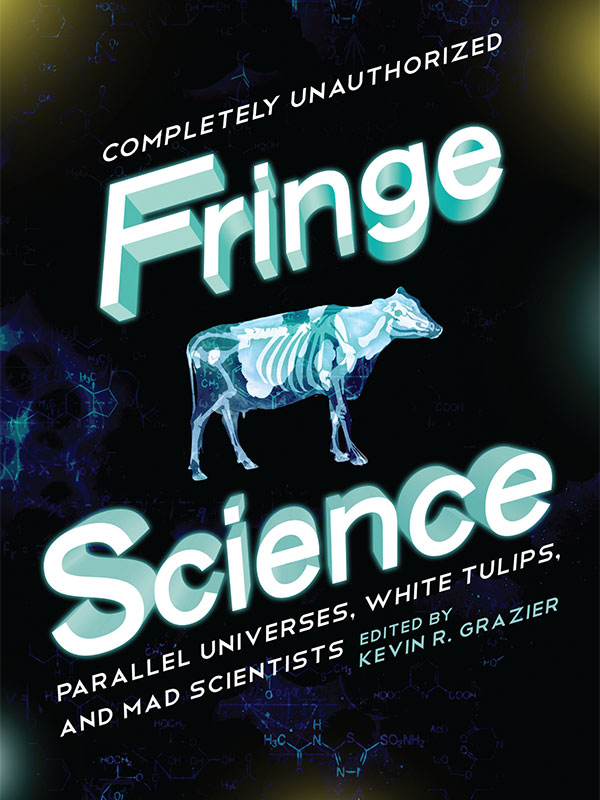In Search of Fringe s Literary Ancestors Copyright 2011 by Amy H. Sturgis
Fringe Double-Blinded Me with Science Copyright 2011 by Robert T. Jeschonek
Introduction Copyright 2011 by Kevin R. Grazier
Other Materials Copyright 2011 by BenBella Books, Inc.
INTRODUCTION
Among the many scientific premises and science- fiction themes explored weekly in the television series Fringe, as well as within this anthology, one concept not explicitly addressed in an episode to date is that of chaos. At the same time one could easily make the argument that the entire series is a study in chaos theory, and no single episode makes explicit reference simply because its influence is interwoven throughout the fabric of the entire series.
A colloquial definition of the term chaos might include descriptors like disorder, disarray, and/or randomness: the disarray of Walter Bishops laboratory or a Harvard fraternity house on Saturday morning being good examples. The definition advanced by a scientist or mathematician, on the other hand, would have less do to with disorder, nothing to do with randomness, and everything with predictability.
Dynamical systemsphysical systems with many interacting partsare all around us and a part of our everyday lives: billiard balls on a table, gas molecules in the room, a pendulum clock, our weather, the Solar System. A dynamical system is said to be chaotic when the solutions to the differential equations that govern its behavior are extremely sensitive to initial conditions: an ever-so-slight change, or perturbation, in the starting point leads to dramatically different outcomes or behaviors. A classic model for a chaotic system, and certainly the most familiar, is the weather, which exhibits behavior known as the Butterfly Effect. (After all, how many physical phenomena have movies named after them?) The notion is that weather is so sensitive to its initial state that a butterfly flapping its wings in Hong Kong one day can influence the weather in New York a week later. The more chaotic the system, the more pronounced are the effects of small perturbations like those from the efforts of a butterfly and the more difficult it is to predict the final outcome. The Universe is filled with small perturbations, and systems that behave in this manner are both commonplace and everywhere.
A dynamical system does not have to be as complex as Earths weather to exhibit chaotic behavior, and some surprisingly simple systems are chaotic. A simple pendulum is not chaotic; a double pendulumwhere a second free-swinging pendulum is attached to the mass of the firstis. On a pool table, hit the cue ball at two ever-so-slightly different angles, wind up with two different final arrangements that look entirely unrelated.
The notion of randomness doesnt even enter this chaotic landscape, at least not in an obvious way. Hit the cue ball the same way every single time, and youll wind up with the exact same final state every single time. From a more pragmatic viewpoint, if you tried to repeat the experiment its highly unlikely that every ball would begin the trial in exactly the same position on the table, or in the exact same orientation. Its equally unlikely that youd hit the ball exactly the same way two successive times. In even a fairly simple chaotic system, these small differences matter.
The decisions we make on a daily basis can be viewed similarly, as perturbations to the paths of our livesforks in the road known in chaos theory as bifurcationswith different, sometimes very different, possible outcomes. For example, how many times after a traumatic event has somebody involved lamented, If only I hadnt If only Id have set my alarm clock somewhere away from my bedside when I thought about it, I wouldnt have slept through that final exam (this example happened to me), or If only Id put a label on that coke bottle to indicate that it really contained antifreeze, you wouldnt have drank it (this actually happened to two astronomer friends of mine). According to Fringe executive producer J.H. Wyman, Your life is what your choices are.
Now heres where it gets weird. One cosmological model of parallel universes (discussed later in essays by both Max Tegmark and Mike Brotherton, and one taken seriously by theoretical physicists) posits that, whenever you are presented with a choice, Do I do X or do I do Y? parallel universes come into being in which every eventuality actually plays out. If we had a birds-eye view of both universes, we could see that some choices are relatively inconsequential: the states of the two universes merge after a time and become identical. For most decisions, however, the two paths divergefor some they diverge exponentially.
What is novel about Fringe is that the viewer sees two versions of what might have been. We have that birds-eye view, and are witness to the bifurcation and divergence of two lives, two Walter Bishops. Both Walter Bishops lost a sonone from disease, one at the hands of the otherand the path of their lives went in dramatically different and initially unpredictable ways. This is the hallmark of chaos, yet this is not a new concept in works of science fiction. For years works of television and cinematic science fiction have been presenting viewers with an implicit worldview in which the flow of time is chaotic by its very nature. How often have time travelers observed, or counseled fellow travelers, that caution is in order because changing the past, even through something as trivial as stepping on an ant, could result in a dramatically different future?
The divergence of the lives of Walter Bishop, initiated by the events surrounding the illness of his son(s), Peter, have left us with a harder, edgier, more militaristic Walternate in the other universe, and a Walter in this Universe who, quite literally, has a hole in his head and uses LSD as his experimental drug of choice. This is an intentional element on the series: in an October 2010 interview in the

